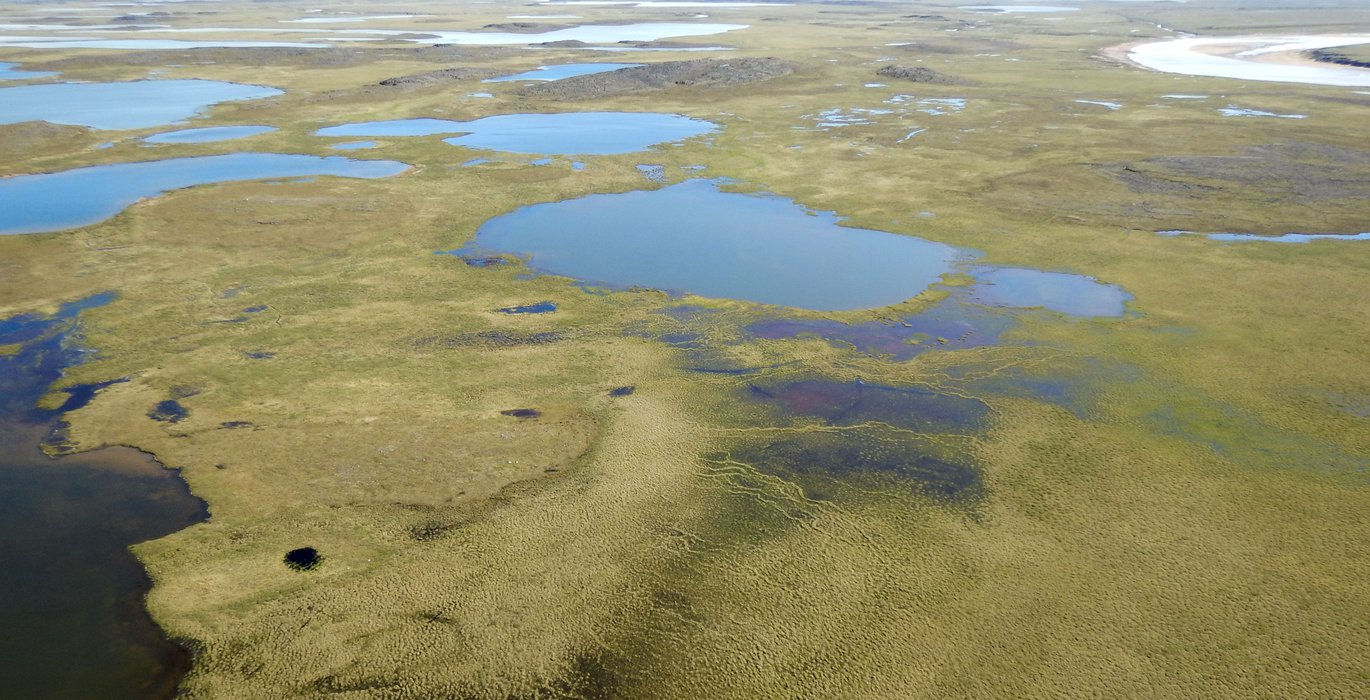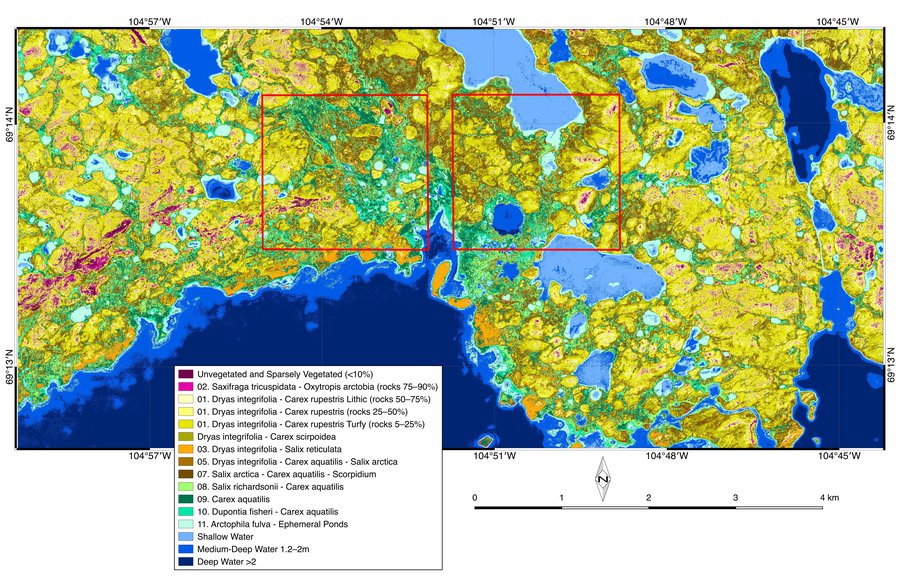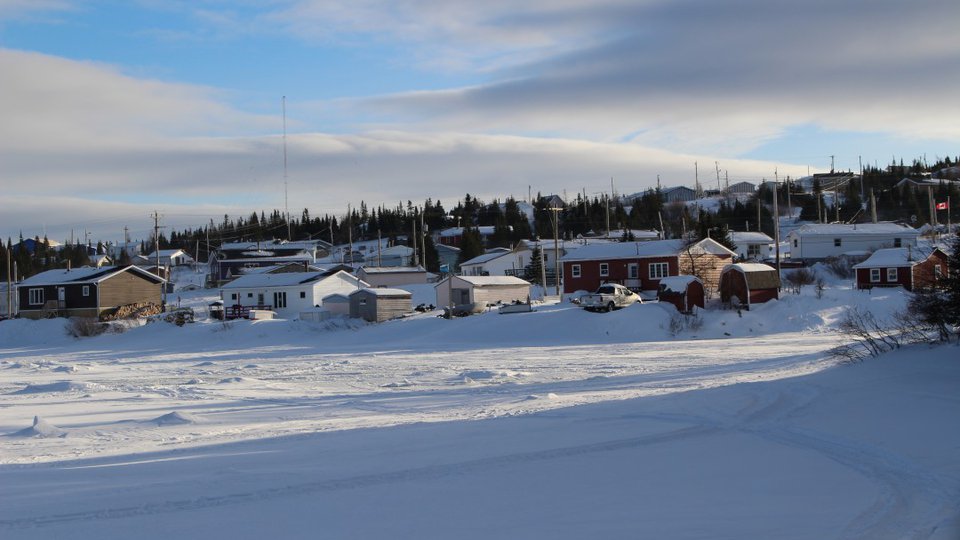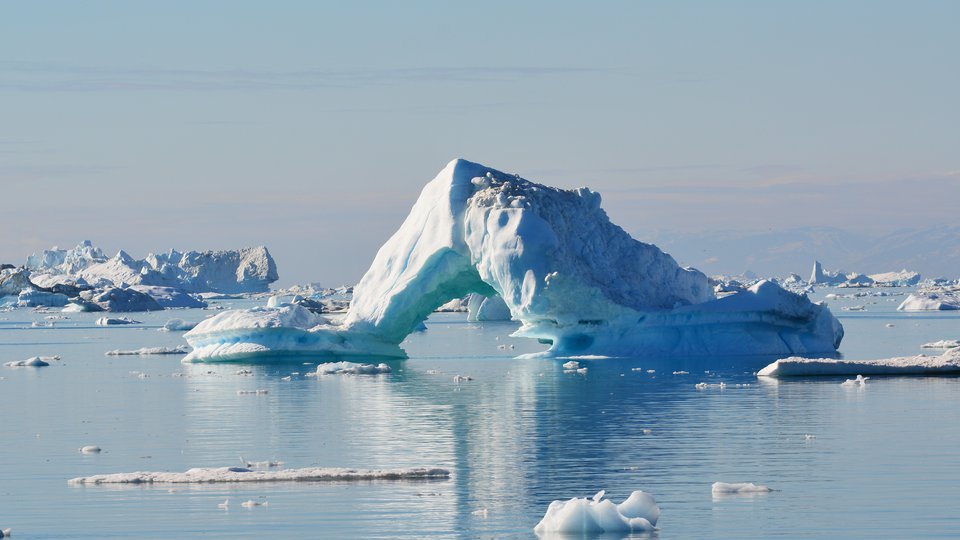
cientists agree, and residents will tell you that climate change is impacting northern towns and ecosystems, and that one area of change is to northern plants, and to the animals that rely on them. These changes are happening across the North in a wide range of regional climates north of tree line. At this time it is difficult to discuss these changes because there is no common scientific language for describing northern plant communities, how they changing, and what these changes means for Northerners and northern animals. This project proposes a common classification system and standardized language to improve national communication and the coordination of northern research and monitoring.
What is a Plant Community?
As we walk across northern landscapes it is clear that assemblages of plants change depending on where we are in that landscape. If we are in low depressional areas where water collects we will want to be wearing rubber boots because there is standing water, and grass-like plants called sedges are growing there. Walking out of low lying areas we can take off our rubber boots because the surface is dry and the plants change to shrubs, flowers, mosses and lichens. These changes in plant assemblages occur because different plants are adapted to different environmental conditions – sedges are adapted to living in water-logged soils, and other plants can only grow where soils are well-drained. If we study all of the plants in one area we will see that similar groups of plants grow together in similar environmental situations – we call these repeating plant assemblages ‘plant communities’. Many scientists (known as plant ecologists) are working in Canada and around the circumpolar North to describe plant communities and the environmental conditions in which they occur.

Purple Saxifrage (Saxifraga oppositifolia). Photo by Zachary Prong.

Mountain Avens (Dryas integrifolia). Photo by Zachary Prong.
What is a CASBEC?
CASBEC stands for the Canadian Arctic-Subarctic Biogeoclimatic Classification System. To unpack that confusing title, CASBEC is a system for identifying and describing plant communities, and linking them to tundra ecosystems in Arctic and Subarctic biomes. The Subarctic biome is the area north of continuous forest where trees are scattered and stunted, and is transitional to the Arctic biome, where there are no trees at all. These two biomes cover vast areas of northern Canada, are the home of Inuit and other Indigenous cultures, and provide habitat for a wide range of some of the most impressive wildlife on the Planet. The term ‘biogeoclimatic’ refers to the fact that, in CASBEC, we use biology (‘Bio’), geology and soils (‘Geo’) and climatic information to classify the plant communities and the ecosystems.
CASBEC adopts many of the approaches that have been used successfully in British Columbia, and more recently in the Yukon. We are proposing CASBEC as a national standard for classifying plant communities and tundra ecosystems to coordinate research and monitoring studies across the Canadian North.

Ecosite type map of the southern region of the Intensive Monitoring Area (IMA) of the Experimental and Reference Area at the Canadian High Arctic Research Station (CHARS), near Cambridge Bay, Nunavut (Ponomarenko, 2017)
Why it Matters
We classify many things in our daily lives to make it easier to understand them, communicate to others and understand change. We classify schools into kindergarten, elementary, high school, colleges and universities so that we can discuss them and understand what we mean when we say them – for example the characteristics of each (age range and curriculum) and the processes (taxes, private donations, school boards) that support their existence. We classify plant communities for the same reasons – so that we can understand what we mean when we talk about a ‘Water Sedge’ or a ‘Richardson’s Willow’ community, and we can describe and discuss the ecological processes that support them, like soil moisture, exposure to cold winter winds, and the effects of snow. If we have a common language for describing Arctic and Subarctic plant communities, then we can also discuss how important they are to caribou or geese or lemmings, how a changing climate may be changing this community, and what that means for the animals that depend on them, and for the people that depend on the animals.
The Bigger Picture
At the present time there is no national standardized approach to classifying Arctic and Subarctic plant communities and ecosystems. Imagine if we did not have a common understanding of the different categories of educational institutions and different people had different names for the same kind of school. So not having a standard approach to naming and classifying plant communities and northern ecosystems is a problem, and we are proposing that CASBEC could be that system. To work towards making CASBEC a standard approach we will work to engage northern scientists with the CASBEC approach, ask for their suggestions to improve it, and together go forward with a classification system that can all agree on. The benefits of such a standard approach would mean that research and monitoring results carried out in one area can be more easily applied to other areas, the impacts of land-based industrial developments like northern mines can be coordinated across broad areas to understand potential impacts, and the ongoing and increasing effects of climate change can be understood and communicated regionally.





